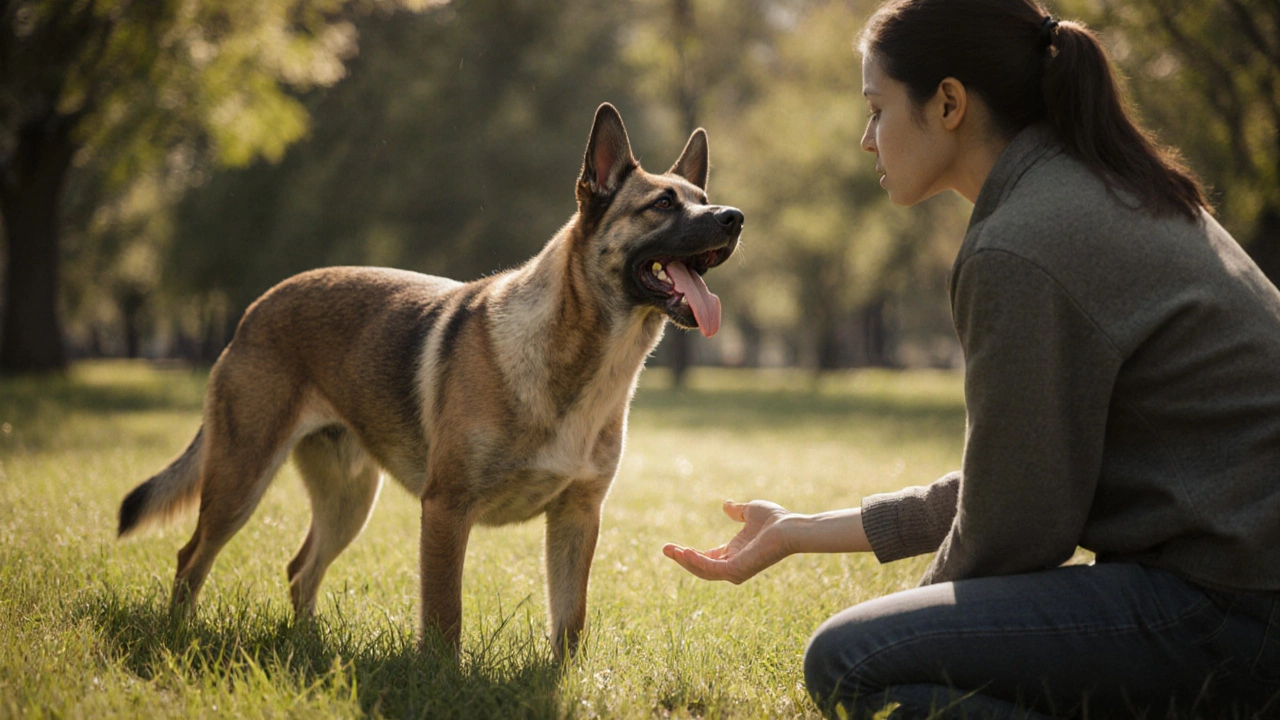Safe Petting Zones
When thinking about Safe Petting Zones, designated spots where pets can be gently touched without stress. Also known as petting-friendly areas, they help owners and strangers interact calmly. Dog, a common companion in these zones, benefits from clear boundaries and positive reinforcement because dogs read body language fast. The core idea is simple: create an environment that signals “it’s okay to pet me” while protecting the animal’s comfort.
Why Safe Petting Zones Matter
Safe petting zones aren’t just a nice idea; they’re a practical tool for Pet Safety, preventing accidental bites or stress reactions. When a dog sees consistent cues – a mat, a sign, or a calm voice – it learns that gentle touch is welcome. This learning reduces anxiety and curbs unwanted barking or lunging. Owners who set up these zones often notice their pets are more relaxed during visits from friends or at public events. The zone acts as a training ground, reinforcing calm behavior and making social outings smoother for everyone.
For puppies, the stakes are even higher. Puppy, a young dog still mastering social cues can become overwhelmed if handled roughly. Introducing a safe petting zone early gives them a predictable spot to explore touch. Simple steps like a soft blanket, a low‑noise environment, and short petting sessions build confidence. Over time, the puppy learns that petting equals positive experiences, which translates into better obedience and fewer fear‑based reactions later.
Dog behavior experts often link safe petting zones to improved public etiquette. When owners understand that a dog’s willingness to be petted is context‑dependent, they’re less likely to let strangers jump in. Clear signage or a “do not disturb” cue lets passersby know when it’s appropriate to approach. This respectful approach lowers the chance of bite incidents, protecting both the dog and the public. In busy places like parks or pet stores, these zones become quiet islands where calm interactions thrive.
Setting up a safe petting zone doesn’t require fancy equipment. A few key attributes make it effective: a non‑slip surface, low‑level lighting, and a scent that the dog finds soothing, such as a familiar blanket. Adding a visual marker – a brightly colored mat or a banner – signals to both pet and person that this is a designated space. Consistency is vital; always use the same spot and routine so the dog associates the area with calm petting.
Beyond the physical setup, owners should practice proper petting techniques. Approach from the side, avoid direct overhead strokes, and watch the dog’s body language. A relaxed tail, soft ears, and a gentle sigh indicate the dog is comfortable. If the dog’s posture stiffens, ears go back, or it tries to move away, it’s a sign to stop. Teaching children these cues within a safe petting zone also fosters responsible pet ownership from a young age.
All these tips come together to create an environment where pets feel secure and people can enjoy gentle interaction. Below you’ll find articles that dive deeper into dog behavior, puppy handling, pet safety, and practical guides for setting up your own safe petting zones. Whether you’re a seasoned dog lover or just starting out, the resources ahead will help you make every petting moment a positive one.
Posted By Bryndle Redding On 8 Oct 2025 Comments (0)
Dog Petting Etiquette: Where Not to Touch Your Canine
Learn which spots on a dog are off‑limits for petting, read warning signs, and follow a simple checklist to keep both you and the dog comfortable.
READ MORE